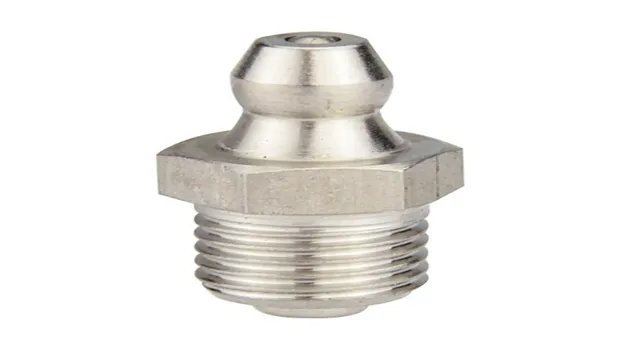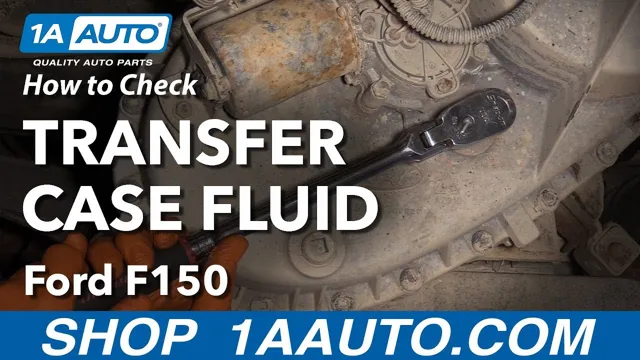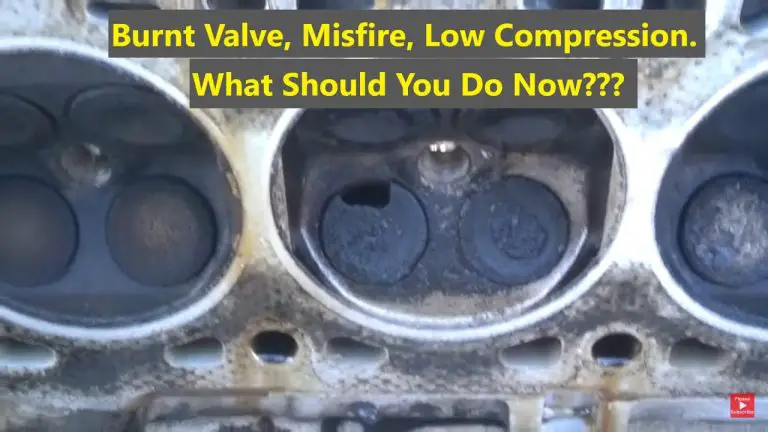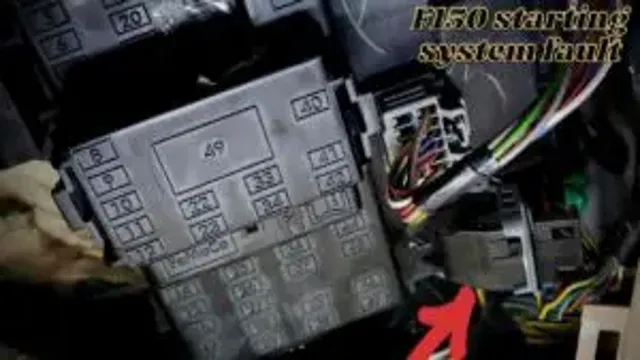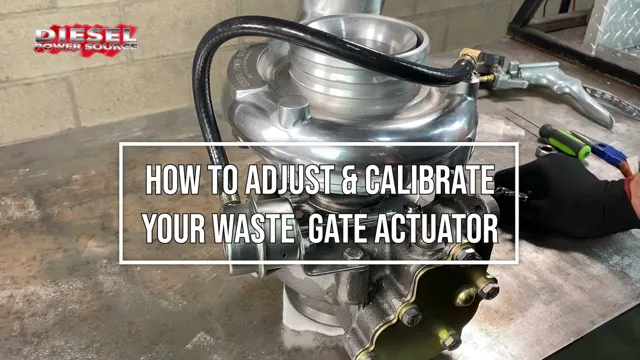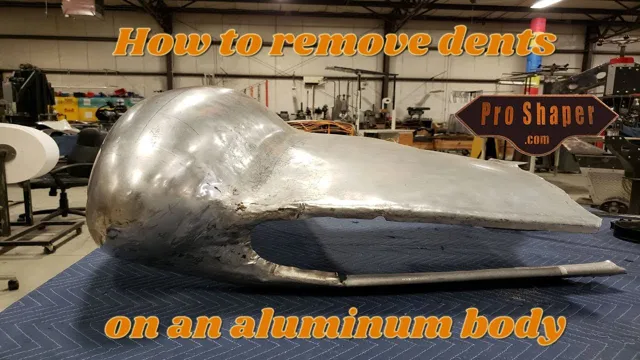Master the Art of Greasing a Zerk Fitting: A Step-by-Step Guide for an Effortless Lubrication Process
If you are new to greasing zerk fittings, you are not alone. This seemingly small task can save you time, money, and effort in the long run, and it’s easier than you might think. Zerk fittings, or grease fittings, are found on many automotive and mechanical parts, such as suspension systems and bearings.
Despite the benefits of greasing these fittings, many people neglect to do so until it’s too late. In this beginner’s guide, we’ll take you through everything you need to know about greasing zerk fittings, so you can keep your equipment running smoothly.
What Are Zerk Fittings?
Zerk fittings, also known as grease fittings or lubrication fittings, are small threaded plugs with a small ball bearing inside. They can be found on a variety of machinery and vehicles, and are used to provide a pathway for lubricating grease to flow into a designated area. So, how do you grease a zerk fitting? First, you will need a grease gun filled with the appropriate type of lubrication grease.
Next, attach the nozzle of the grease gun to the zerk fitting and begin pumping the handle to inject the grease into the bearing. Once you have added enough grease, wipe away any excess and remove the grease gun from the fitting. It’s important to regularly grease zerk fittings to keep your machinery and vehicles operating smoothly and prevent costly repairs.
Understanding the Function of Zerk Fittings
Zerk fittings are small lubrication fittings that are commonly found in industrial machinery and vehicles. They are small, cylindrical fittings that have a narrow channel running through their center. This channel is designed to allow grease or oil to flow directly into the moving parts of a machine or vehicle.
Zerk fittings are incredibly important in the maintenance of machinery and vehicles as they help to ensure that all moving parts are properly lubricated. Without proper lubrication, moving parts can wear down quickly, causing damage and the need for costly repairs. In short, Zerk fittings are a small but vital component of many machines and vehicles, ensuring their smooth and reliable operation.
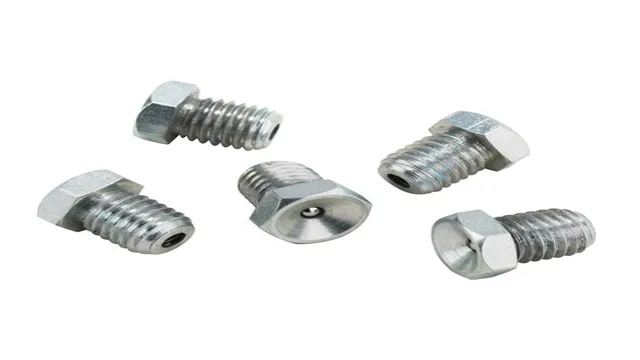
When to Grease Zerk Fittings
If you own a machine that has zerk fittings, you may be wondering when and how often you should grease them to keep your equipment running smoothly. Generally speaking, zerk fittings need to be greased periodically to prevent excess wear and tear on bearings and other components. The frequency of greasing depends on the machine and the workload it handles.
Keep in mind that over-greasing can be just as damaging as under-greasing. When you see a bit of grease oozing out of the fitting, that’s a sign that it’s sufficiently lubricated. When it comes to how to grease a zerk fitting, it’s important to use a grease gun and insert the nozzle into the fitting.
Apply enough pressure to fill the fitting, but not so much that it damages the machine. By regularly greasing your zerk fittings, you’ll help extend the life of your equipment and get the most for your investment.
Determining When Zerk Fittings Need Greasing
Zerk fittings are an essential component of many machines and pieces of industrial equipment. Whether in a car or a hydraulic system, Zerk fittings require occasional greasing to maintain optimal performance. But how do you know when it’s time to grease your Zerk fittings? One tell-tale sign is if you notice squeaking, rubbing, or resistance when moving parts.
Additionally, it’s best to follow the manufacturer’s recommended maintenance intervals to ensure longevity and avoid costly repairs down the line. By maintaining a regular grease schedule, you’ll save yourself time, money, and headaches in the long run. Remember, a well-greased machine is a happy machine.
Gathering the Tools You Need
If you’re wondering how to grease a zerk fitting, the first step is to gather the tools you need. You’ll want to make sure you have a grease gun, grease (specifically for the type of zerk fitting you have), and gloves to keep your hands clean. It’s also a good idea to have a rag or paper towels on hand to wipe away any excess grease.
Once you have all of your materials together, it’s important to locate the zerk fitting on your equipment. These can be found in various locations, so refer to your owner’s manual or online resources to help locate it if you’re unsure. Once you’ve found the zerk fitting, attach the grease gun to it and begin pumping grease into it.
You’ll want to stop once you see a small amount of grease come out around the fitting. This ensures that it’s properly lubricated without causing any damage to the equipment. Cleaning up any excess grease and storing your supplies properly will help keep your equipment in good shape for the long haul.
Remember, regular maintenance and lubrication can prevent costly repairs down the road.
Essential Tools for Greasing Zerk Fittings
If you own a machine or vehicle that needs regular maintenance, one of the essential tools you should have in your toolbox is a grease gun. However, having a grease gun is not enough; you also need to have the right fittings to apply the grease. That’s why it’s essential to gather the tools you need to grease zerk fittings properly.
Some of the essential tools you need include a quality grease gun and grease suitable for the machine you are servicing. You should also have a rag to wipe off excess grease, a flexible hose to access tight spaces, and a set of fittings for different sizes and angles. Remember, using the wrong fitting or grease can damage your equipment, and eventually, lead to costly repairs.
So, always ensure you have the right tools before greasing zerk fittings.
Greasing the Fitting
If you want to keep your machines running smoothly, you need to know how to grease a zerk fitting. This is a small, metal nipple that’s found on everything from cars and trucks to lawnmowers and tractors. It’s designed to provide a quick and easy way to lubricate the moving parts of your equipment.
To get started, you’ll need a grease gun and a tube of grease. First, locate the zerk fitting and clear any debris or dirt from around it. Next, attach the nozzle of the grease gun to the zerk fitting and pump the handle until you see grease coming out.
Be careful not to over-grease the fitting, as this can cause damage to your equipment. Once you’re finished, wipe away any excess grease and you’re done! With a little bit of practice, you’ll be able to grease your equipment quickly and easily, ensuring that it runs smoothly for years to come.
Step-by-Step Guide to Greasing Zerk Fittings
Greasing zerk fittings is an important maintenance task when it comes to keeping heavy-duty equipment functioning smoothly. To begin, locate the zerk fitting on the equipment and remove any debris or dirt surrounding the fitting. Then, insert the grease gun nozzle onto the fitting and begin pumping the grease into the fitting.
Ensure that the grease is entering the fitting and properly lubricating the internal components. Keep a rag handy to wipe away any excess grease that may escape from the fitting. Repeat this process for all zerk fittings on the equipment, ensuring that each fitting is properly greased.
By regularly greasing zerk fittings, you can extend the life of your equipment and avoid costly repairs down the line.
Common Mistakes to Avoid
Greasing a zerk fitting is crucial to ensuring the smooth operation of machinery, but there are a few common mistakes that you should avoid. First, make sure to clean the grease fitting before applying new grease. This will help prevent any contaminants from entering the machinery.
Secondly, do not over-grease the zerk fitting as this can cause damage to the machine. Always consult the manufacturer’s recommendations for the proper amount of grease to apply. Another common mistake is using the wrong type of grease for the machinery.
Ensure that you use a grease that is compatible with the machine to prevent any damage. Finally, make sure to use the correct grease gun for your zerk fitting. Using the wrong attachment can cause grease to leak out and make a mess.
By avoiding these common mistakes, you can ensure that your machinery operates smoothly and efficiently.
Troubleshooting Tips for Greasing Zerk Fittings
When it comes to greasing zerk fittings, there are a few common mistakes that people make which can lead to issues down the line. One of the main mistakes is not cleaning the fitting before greasing it. A dirty or corroded fitting can prevent the grease from properly lubricating the necessary components.
Another mistake is over-greasing, which can cause the excess grease to be pushed out and potentially contaminate other nearby components. It’s important to refer to the manufacturer’s recommendations for how much grease to apply. Additionally, using the wrong type of grease can also cause problems, such as drying out or breaking down too quickly.
Ensure that you are using the proper type of grease for your particular application. Overall, taking the time to properly clean and grease your zerk fittings will lead to better performance and longevity of your equipment.
Maintaining Proper Grease Levels
If you own machinery or equipment that requires regular greasing, it is essential to know how to grease a zerk fitting properly. The zerk fitting, also known as a grease fitting, is a small nipple-like fitting that allows for the application of grease through a grease gun. Maintaining proper grease levels is crucial for the efficiency and longevity of your equipment.
To do this successfully, start by wiping away any dirt or debris on and around the zerk fitting. Then, align the grease gun nozzle with the zerk fitting and apply the grease gun. Be sure not to over-grease the fitting, which can lead to damage.
However, failing to grease the fittings can lead to wear and tear on your equipment and potentially result in costly repairs. By regularly greasing your equipment’s zerk fittings, you can minimize maintenance costs and keep your equipment running smoothly.
Tips for Maintaining and Checking Grease Levels
Maintaining proper grease levels is crucial to the longevity and performance of your machinery. One of the most important tips is to regularly check the grease levels and quality, especially after heavy use. A simple way to check the level is to inspect the grease nipples or zerks.
Ensure that they are clean and free from debris before using a grease gun to add more. Another essential aspect of maintaining grease levels is to use the appropriate type of grease, matching the manufacturer’s recommendations. Using incompatible grease can cause damage, such as hardened or sticky grease, leading to clogging and reduced performance.
Regularly cleaning and inspecting machinery is essential for preventing unnecessary wear and tear, ensuring the longevity and reliability of your equipment. Remember, prevention is always better than cure, so stay on top of your equipment maintenance with regular checks and proper grease application.
Conclusion
So, now you know how to grease a zerk fitting! It may seem like a small task, but keeping your machinery well-lubricated is essential to maintaining its longevity and efficiency. Plus, it’s a great way to show your machinery some love and care. Just remember to use the right grease, use the right tools, and most importantly, don’t forget the safety glasses.
Happy greasing!”
FAQs
What is a zerk fitting?
A zerk fitting is a small metal fitting that connects to a grease gun and allows grease to be injected into machinery.
Why is it important to grease a zerk fitting?
Greasing a zerk fitting helps to prevent friction and wear on machinery parts, which can extend their lifespan and prevent costly repairs.
How often should I grease a zerk fitting?
The frequency of greasing a zerk fitting depends on the type of machinery and how often it is used. Generally, it is recommended to grease fittings every 6 months or 100 hours of use.
How do I grease a zerk fitting?
To grease a zerk fitting, first wipe off any dirt or debris from the area around the fitting. Then, attach the grease gun to the fitting and pump grease into it until it begins to come out from around the fitting. Wipe away any excess grease and remove the grease gun.

